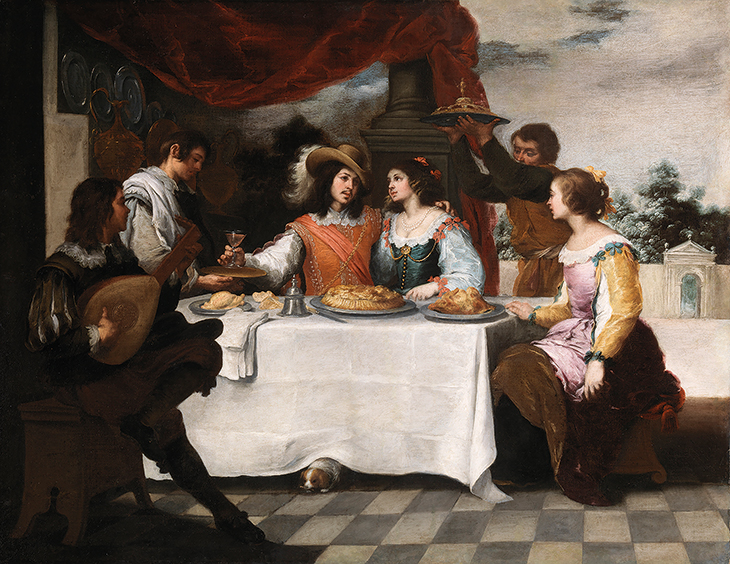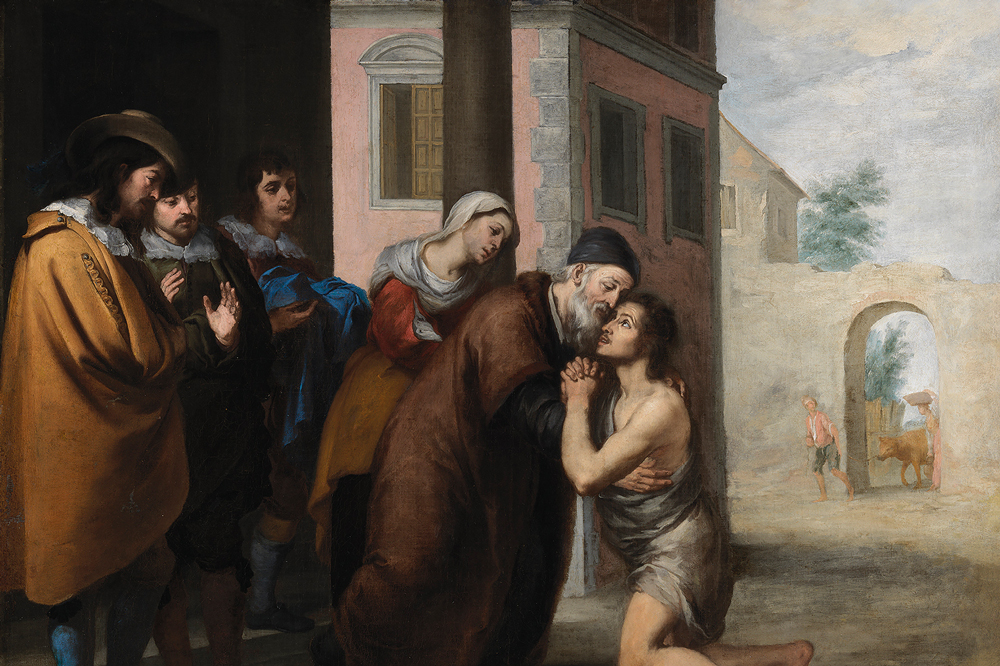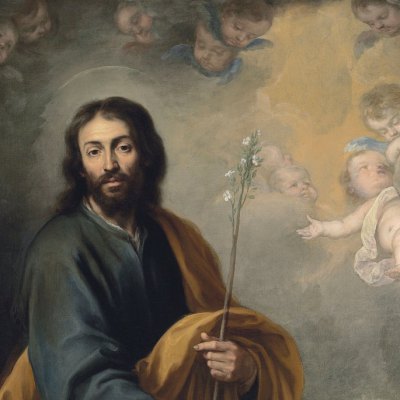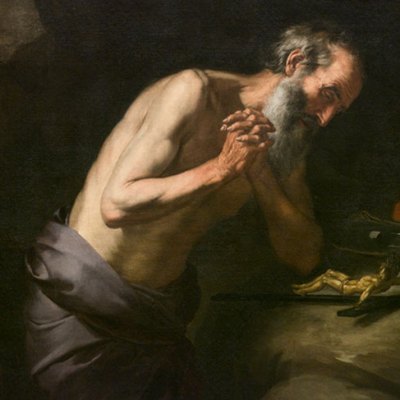In 1649 plague struck the city of Seville. It had fair warning and could have shut its gates earlier, like nearby Cádiz, but whether through hubris, economic need or simple negligence Spain’s largest city had remained open for business. Within a year, a quarter of the population had died, and artists were not spared. Juan Martínez Montañés, the so-called God of Wood, and the young still-life painter Juan de Zurbarán both died, and many others fled the city. Floods and famine compounded the crisis. To all observers the situation was clear: the Almighty was punishing Seville. But from calamity came opportunity. As penance, merchants and New World heirs deployed their vast wealth for the glorification of God. And Bartolomé Esteban Murillo was perfectly placed to benefit from their patronage.
Alongside Murillo’s many grand commissions for churches and cathedrals is an unusual and intimate cycle of six paintings depicting the parable of the prodigal son – the subject of this exhibition. The story, related in Luke 15, tells the tale of a wilful younger son who demands his portion of inheritance and leaves home to live a life of luxury. He squanders it all and is reduced to working as a swineherd during a bitter famine. Starving and alone, he reflects on his folly and returns to his father to beg for work and forgiveness. To his surprise, and to the resentment of his older, more obedient brother, his father welcomes him back with open arms.
The Prodigal Son Driven Out (1660s), Bartolomé Esteban Murillo. Photo: © National Gallery of Ireland

It does not take much imagination to unpick why this tale of suffering, repentance and forgiveness might have appealed to a Sevillian patron during such calamitous times. But, while the subject was already popular in northern Europe, this series was the first of its kind in Spain and one of only two narrative cycles ever created by Murillo. Despite their importance, these paintings have long languished in relative obscurity. After an eight-year restoration campaign, they are finally getting the attention they deserve in a one-room exhibition at the National Gallery of Ireland.
The focus of the exhibition is the paintings themselves, lit to reveal Murillo’s signature vaporous brushwork and vibrant palette. The hang is intimate, reflecting the likely setting of the works in the house of an unknown Sevillian patron. The curators highlight the cycle’s influences and innovations by including contextual material, most notably Jacques Callot’s engravings from 1635, which Murillo reinterpreted for several of his compositions.
The Prodigal Son Feasting (1660s), Bartolomé Esteban Murillo. Photo: © National Gallery of Ireland

Murillo sets the story in 17th-century Andalusia, and the unknown patron would have seen much he recognised in the cycle. The elegantly dressed prodigal in The Prodigal Son Feasting closely resembles those New World heirs who spent lavishly in the brothels and bars of Seville. After the plague, hunger reigned and the barefooted wretch in The Prodigal Son Feeding Swine would have been a common enough sight.
Most lively is The Prodigal Son Driven Out. The subject, money spent and his clothes in tatters, is cast out of a brothel. The furious courtesans wield brooms and pikes, and a wizened crone – no doubt the procuress – curses him from the shadow of the doorway. It feels like a stage set with painted backdrop and actors brandishing props. This is by no means an accident. While rare in painting, the story of the prodigal son was a firm favourite among Spanish Golden Age playwrights, and here Murillo’s composition reflects the stage directions in Lope de Vega’s El hijo pródigo (1604).
In fact, the cycle is a morality play made in oil, each scene coming together to reveal the unfolding plot and demonstrating the folly of the prodigal’s actions. And as such it has to be seen as a whole. Early in the paintings’ history the final scene, The Return of the Prodigal Son, was separated from the group. When the Earl of Dudley bought the other five for an eyewatering sum (The Prodigal Son Feasting alone cost him 73,000 francs) he was determined to reunite them. Unfortunately for him, the missing picture had been acquired by Queen Isabella II who in 1856 presented it to Pope Pius IX. Dudley opened negotiations with the Vatican, finally agreeing on an exchange, which cost him 2,000 gold napoleons, a Bonifazio and a beautiful Fra Angelico of the Virgin in Glory.
The Return of the Prodigal Son (1660s), Bartolomé Esteban Murillo. Photo: © National Gallery of Ireland

The conservation work, headed by the gallery’s paintings conservator Muirne Lydon, is an unmitigated triumph. Much of Murillo’s fine sfumato and fluid brushwork remained intact, and these have now been revealed for the first time in decades. Technical analysis has uncovered a significant pentimento in The Prodigal Son Feeding Swine. Behind the son’s head, Murillo had painted a ruined castle. Its ominous presence filled the horizon, but Murillo clearly didn’t care for it and opted instead for a desolate landscape. Such a major alteration was unusual for the artist, and the exhibition illustrates this by including a full-size display of the X-radiographs. This find also puts to rest a longstanding, if minor, dispute as to whether four small canvases in the Prado are preparatory sketches for the series or a ricordo. Since the one depicting Feeding Swine doesn’t include the castle, they can be stated as being after the larger pictures.
Murillo’s cycle culminates in the tearful return of the prodigal. In the Bible, however, the story continues for one more scene. The resentful older brother tells his father that the prodigal doesn’t deserve to be welcomed home, and the father responds: ‘It is only right that we celebrate […] because he was lost and is found.’ While this scene is absent, its message lingers in the works themselves. Covered in grime and yellowed varnish, they were flat and lifeless for years; now they have been found again – and it is only right that we celebrate.
‘Murillo: The Prodigal Son Restored’ is at the National Gallery of Ireland, Dublin, until 10 January 2021.
From the July/August 2020 issue of Apollo. Preview and subscribe here.



